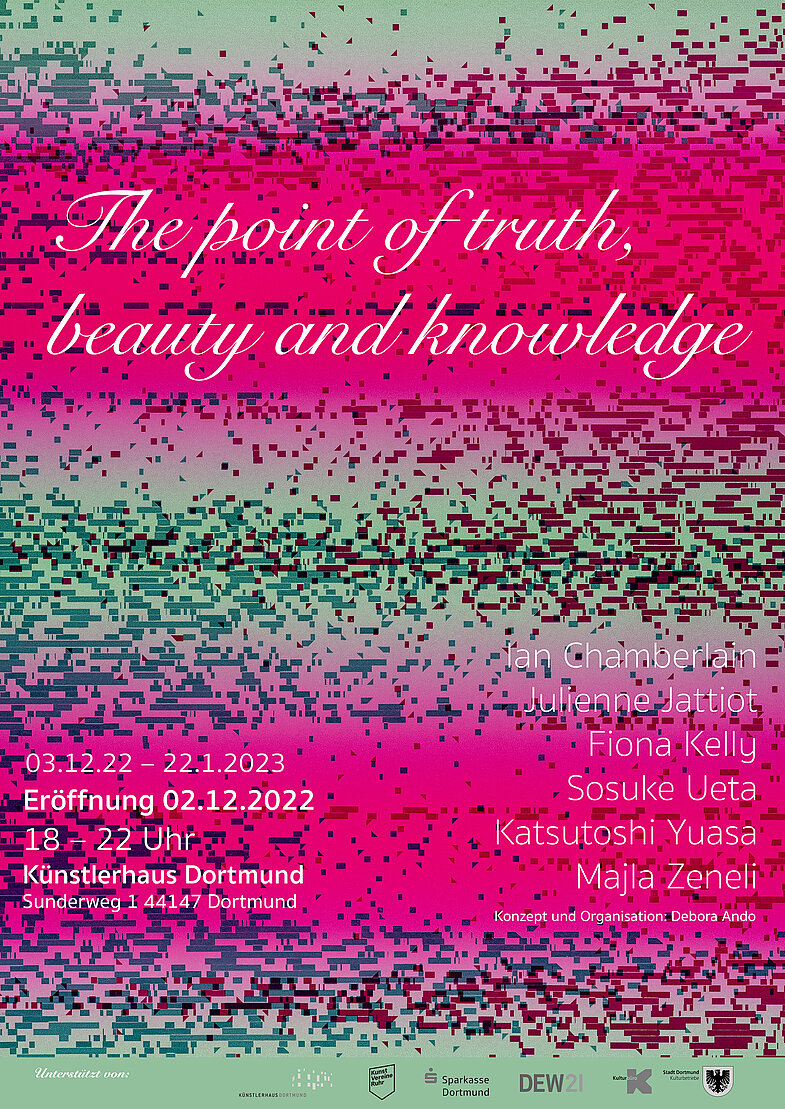
"The point of truth, beauty and knowledge" presents six positions whose artistic explorations reflect current investigations on the poetics of contemporary printmaking. These embrace intrinsic qualities of two- and three-dimensional surfaces, whereby the conception of individual cosmos emerges, manifesting and contemplating the role and relevance of art in current times.
They interpret the materiality of the wood through the interplay of light and shadow, or meticulously penetrate compositions painstakingly rendered with letterpress forms. Geometric constructions explore with extreme delicacy the malleability of copper plates, reducing form to its essential. They reference the symbiosis of organic and inorganic creatures, or delve into intricate architectural structures, ultimately addressing the human failure to control the environment while observing the metamorphosis of the landscape.
Art does not produce answers or solutions to issues other than its own. That is not the role of art nor artists. In fact, nothing works or happens in isolation. Art gives us tools to formulate reality from a different perspective, contributes to socio-political, historical and economic debates, questions systems and ways of thinking. It influences individual awareness by making seeing, experiencing, and interpreting itself a political act.


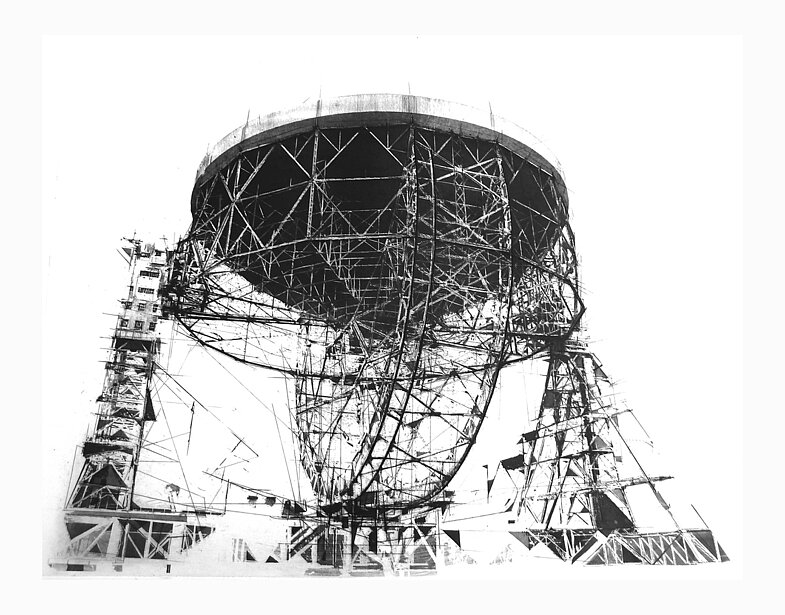
Through drawing and printmaking Ian Chamberlain reinterprets man-made structures as monuments in the landscape. These structures are architectural metaphors of past and current technological achievements. He has had long-standing fascination with technology and architectural forms especially the structures within industry, agriculture, science and the military.
The selection of works exhibited in this show are part of his ongoing interest in man-made technologies, addressing themes around communication, boundaries and protection.
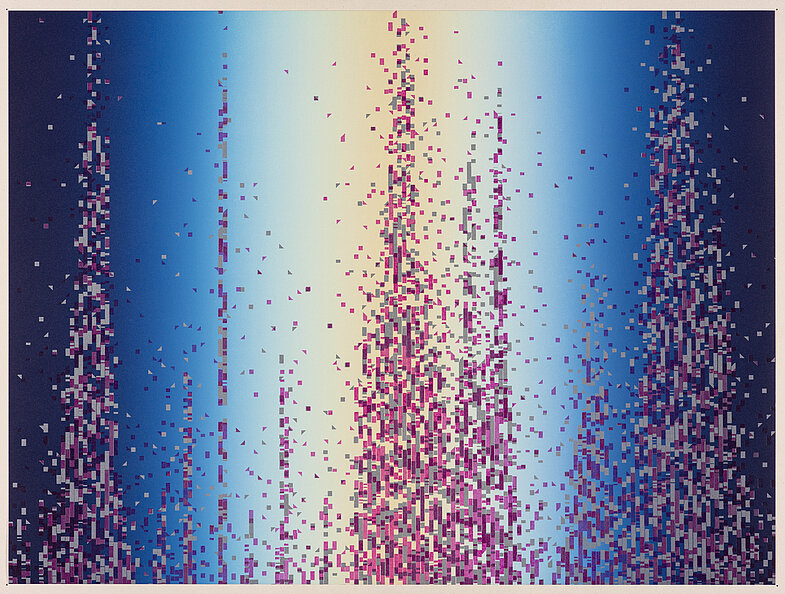
French born printing-artist Julienne Jattiot works and lives between Zeitz, Leipzig and Berlin. She studied at the Art School of Berlin Weißensee and co-created in 2014 the silkscreen Studio Jott P. M. in Berlin. Since 2016 she has been working with Thomas Siemon at the carpe plumbum printshop in Leipzig.
The works from the series «Ciceros Wahnsinn» (Cicero’s madness) are relief printings. The backgrounds are printed from a Linoleum plate. The small elements are letterpress ornaments. Every line, square or triangle was handset. 48 unique pieces were printed. A Cicero is a typographic measurement unit in letterpress and correspond to 12 Points. The title of the works refers to the type grade of the ornamental elements used to produced the prints and also to the enormous expenditure of time the handseting requires.
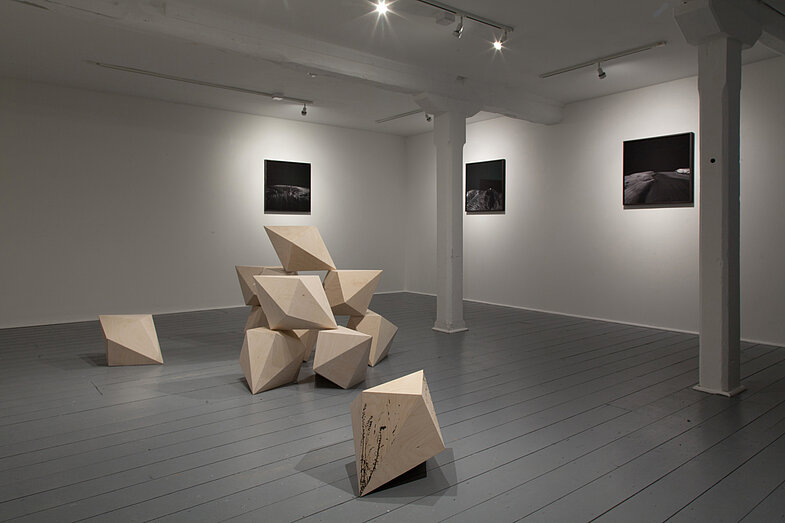
“A Temporary Iteration; Formed by Chance'' creates a speculative landscape built of enlarged crystals scientifically named scalenohedrons; a crystal formed from calcite, a mineral much of our world is made up of. The enlarged crystals take on many different forms as they tessellate, holding images of printed matter or becoming screens for projection mapped imagery; grasslands and flora or, “slowscapes” of endless waste.
These arrangements narrate a foreboding restlessness, of ceaselessly shifting surfaces, resources and terrains. Examining human interactions with territory, Fiona Kelly incites an inquiry into extractive activities and questions the cumulative effect of centuries of a nonreciprocal relationship with Nature.
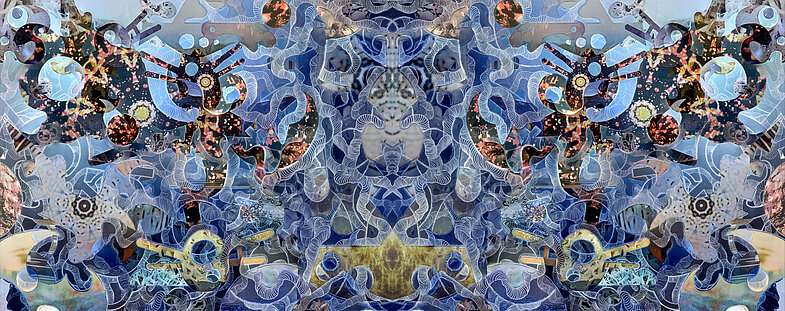
As an undergraduate at Tama Art University a few years back, Ueta started experimenting with collaging photographs of triangular rulers or protractors on images of animals. Based on the results from these experiments he found intermediate forms between organic and inorganic objects which created the starting point of the series he is presenting in Künstlerhaus Dortmund. He specializes in creating works and spaces that shake the scale of viewers, from small cities that look like a diorama that gives the viewer a macroscopic perspective to the experience of microscopic sizing the display method.
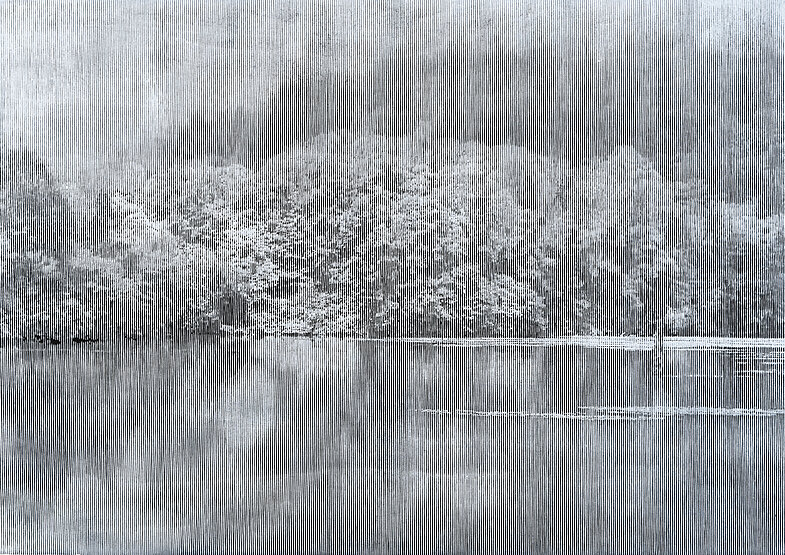
For the past 20 years, I have regarded printmaking as a pictorial medium and have been mainly making woodcut prints that combine traditional and digital techniques. Images are involved in our vision, perception, memory, and remembrance, and are constantly changing. We sometimes input it into the brain and output it as needed to live our life. However, it is not a one-way timeline, but a medium that travels between the past, present, and future. I want to experience the world as a thinking creature and ask about the ever-changing image of the future.
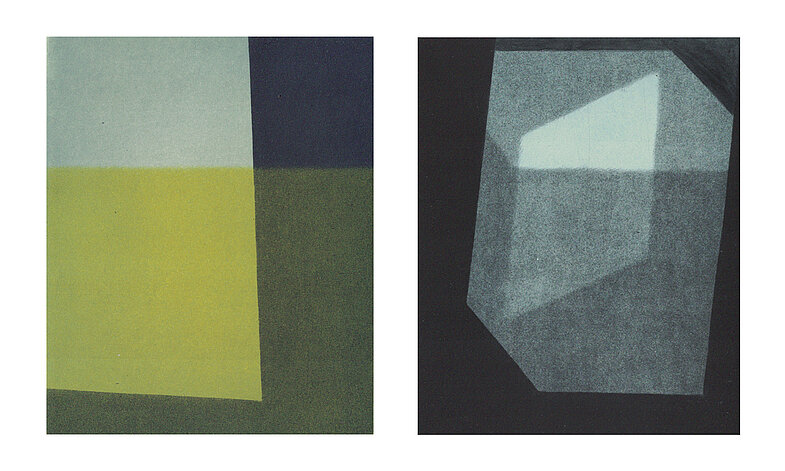
Majla Zeneli’s motives are elemental in their primary matrices, but complex and spatial when drawn onto each other. There is no room for spontaneity in drawing a plate, however she improvises while condensing motives together on the pressbed. Unlike a camera, in which there is room for all, in a mezzotint plate she can withdraw from the multitude of objects and contemplate only on one shape. The absence of representation will eventually compel the eye to concentrate on the transcendent qualities of the image.